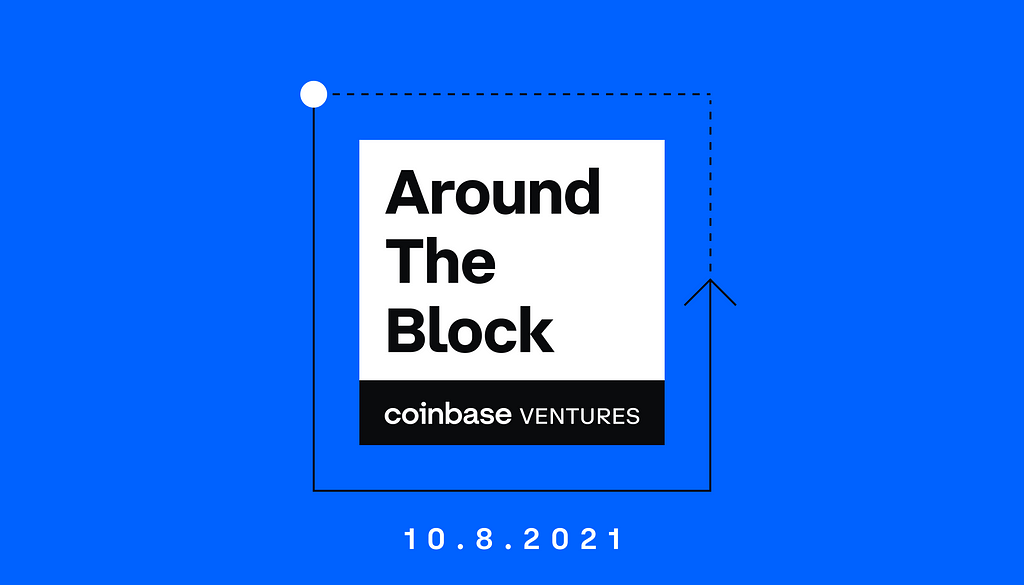
Around the Block from Coinbase Ventures sheds light on key trends in crypto. In this edition, Justin Mart, Connor Dempsey, and Ejaaz Ahamadeen lay out what’s behind the growth of NFT markets.
In 2020, a little over $200 million in NFTs changed hands. This February saw more volume than the entire year prior, with $340 million in sales. Then August blew every record away, with over $4 billion in total NFT volume on top marketplaces. When you factor in platforms outside Ethereum, some estimates show secondary sales alone in Q3 surpassing $10 billion.
Simply put, the exponential growth of NFT markets represent the largest shift within the crypto landscape in years.
At this point, most people are familiar with non-fungible tokens (“NFTs”): unique digital assets representing different forms of media that are tradable over internet marketplaces spanning art, gaming, sports memorabilia, music, and more.
In this edition of Around The Block, we’ll provide a broad overview of what appears to be driving growth within the NFT landscape and what the future may hold for this technology.
NFT art
While NFTs reach far beyond the art world, art is still the category-defining NFT market responsible for much of the volume represented in the above chart. In many ways, the crypto art market mirrors that of traditional art. On the demand side, there are a mix of small and large collectors. On the supply side, there are renowned artists like Beeple, whose works sell for millions, as well as thousands of up and coming artists like Metsa (Maxwell Prendergast) whose work (pictured below) sell from anywhere between $100 and $10,000.
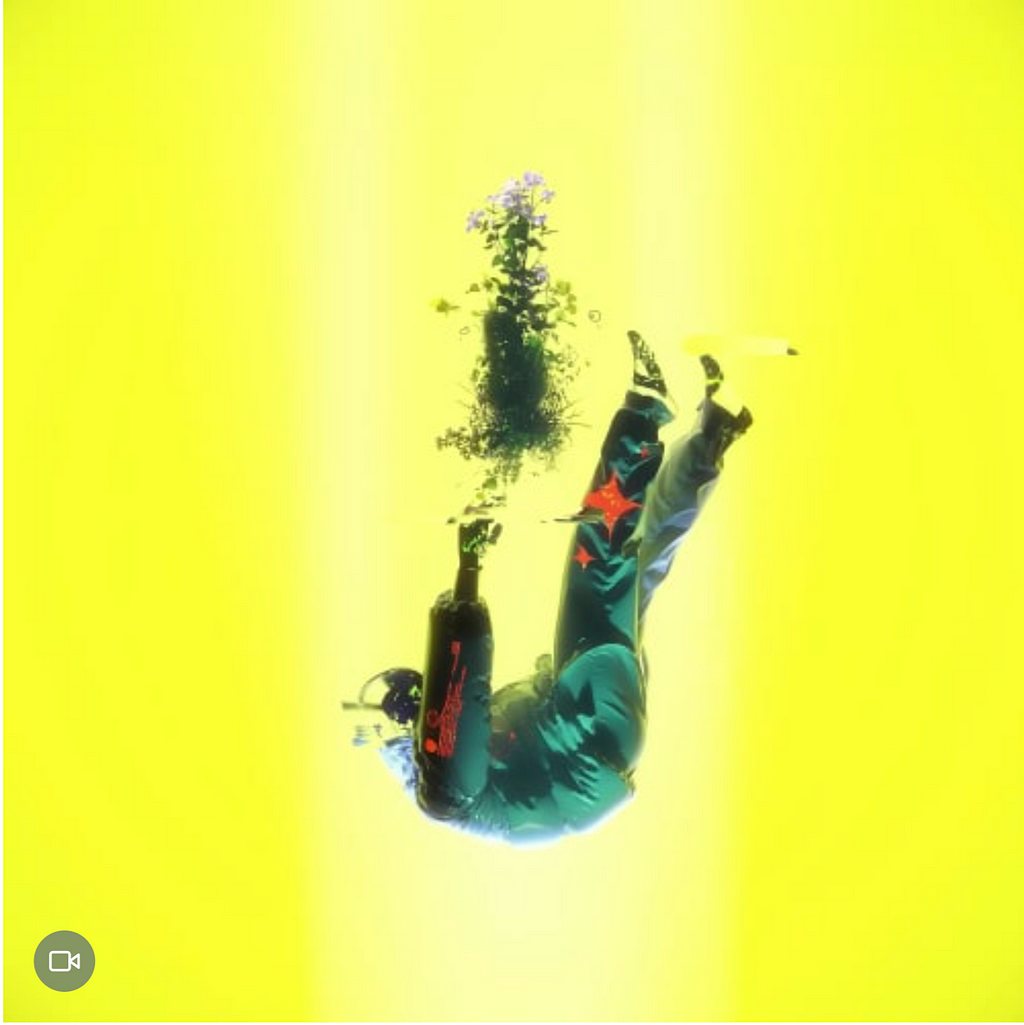
Thousands of artists like Maxwell are gravitating to NFT art because it’s proving to be more equitable for creators than the traditional market. Thanks to the internet and social media, digital artists can have their work reach millions with just a few clicks. And now, thanks to smart contracts underlying NFTs, artists can be automatically compensated every time their work is resold. Compared to traditional art markets where artists often aren’t appreciated until well after their lifetime and where most of the value accrues to wealthy collectors from secondary sales, the appeal of the digital art market for the creators is clear.
But why pay to own a piece of digital art, especially when the very nature of it being digital allows it to be replicated infinite times? In fact, we showcased Maxwell’s work above by simply cutting and pasting in a file without even paying him for it. The answer comes down to actual ownership. When someone buys NFT art, they’re not paying for a digital image but rather a socially-recognized record of ownership of the image registered on a blockchain like Ethereum. So while we can paste Maxwell’s work in this article, we don’t own the NFT tied to the work and therefore have nothing to sell.
As it turns out, many people value owning digitally scarce works just as much as others value owning physical ones. While digital ownership doesn’t come with any unique legal protections, it can be programmatically verified, allowing platforms to enforce rules where only the owner can use an image for certain purposes (like in a Twitter profile, for example). This programmatic recognition of ownership is key to the baseline utility and value behind NFTs.
Generative art
The rise in popularity of NFT art has in large part been fueled by a sector known as generative art, with the demand for it coming primarily from crypto native investors. Generative art is defined as art created via the use of an autonomous system. A prime example of generative art is CryptoPunks, which is also arguably the first significant NFT art collection.
The CryptoPunk collection consists of 10,000 unique characters generated algorithmically through computer code created by a studio called Larva Labs. They built their program to randomly spit out pixelated characters each with varying traits — different hair, hats, etc. The program also generated three special types: 88 Zombies, 24 apes, and 9 aliens. After running the algorithm, this randomly generated assortment of characters were linked to Ethereum smart contracts and became traded and valued in part based on their rarity. One of the 9 alien punks with a unique mask and beanie, dubbed “Covid Alien”, recently fetched $11.75 million at auction.
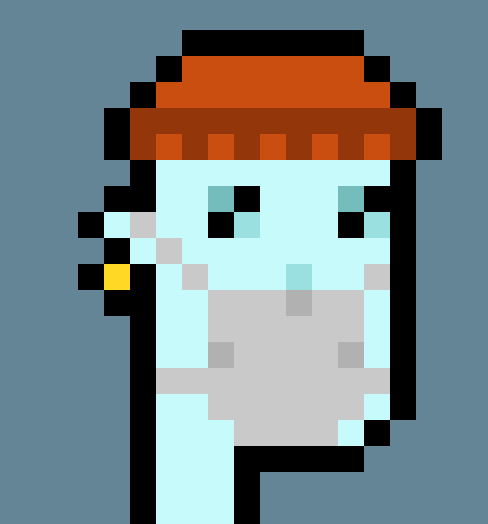
Art Blocks is a popular platform for generative art. Rather than creating and selling individual pieces, ArtBlocks allows artists to create algorithms that produce works of art before allowing collectors to “mint” a limited number of pieces. This is a novel process for creating and distributing art where both the buyer and the artist don’t even know what the algorithm will produce before the piece is minted.
On ArtBlocks, a collection titled “Fidenza” by artist Tyler Hobbs is currently among the most valuable. Hobbs uses a flow field algorithm to produce unpredictable non-overlapping curves that are randomly colorized. This method produces digital works of art that have sold for as much as $3.5 million and look like something you’d see at the MOMA.
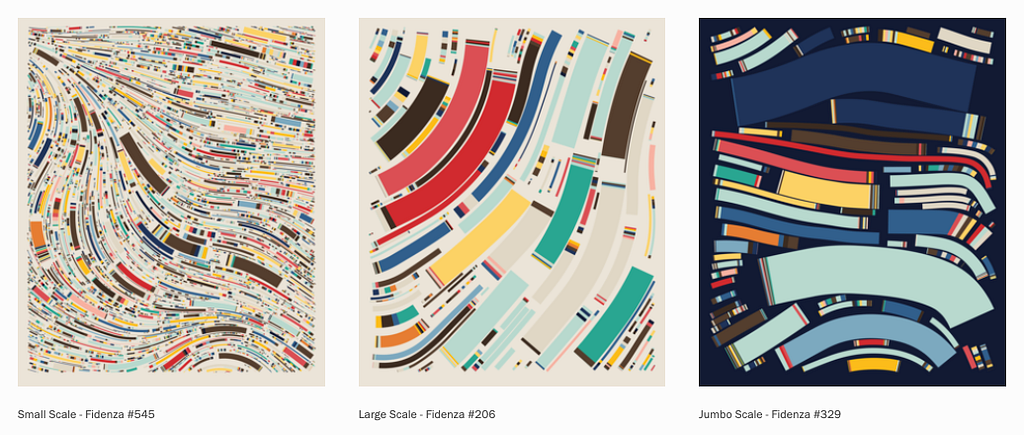
Crypto culture & NFT art
But why are some pixelated characters or colorful non-overlapping waves selling for millions, while other similar pieces of NFT art sell for significantly less? The answer is tied to the unique culture that has developed around crypto and NFT markets.
CryptoPunks and Fidenzas, for example, each have historical significance for the crypto community. CryptoPunks are credited with helping create the ERC-721 token standard that is the foundation of the entire NFT market. Fidenzas were the first well-executed and visually-appealing collection of on-chain generative NFTs.
In this light, the asking price for these works makes more sense given their cultural significance for investors in crypto, which has been among the best performing asset classes of the last decade. For a growing subculture of crypto-native users, these rare NFTs serve as a status symbol, akin to a traditional collector owning a Picasso or a Rembrandt. Instead of being displayed in one’s home, they’re displayed prominently in online communities and on social media platforms like Twitter and Discord.
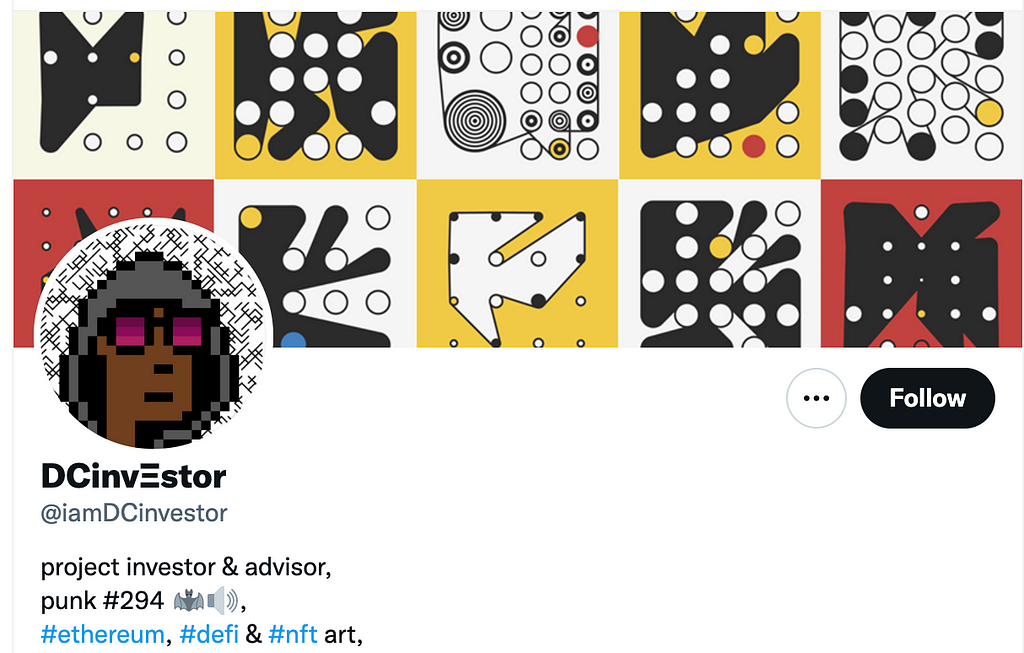
As crypto culture bleeds further into the mainstream, so too is crypto art with celebrities like Jay-Z and Odell Beckham Jr. now prominently displaying their CryptoPunks on social media. Snoop Dogg also recently claimed to be a formerly anonymous NFT collector named @CozomoMedici with a $17M NFT art collection.
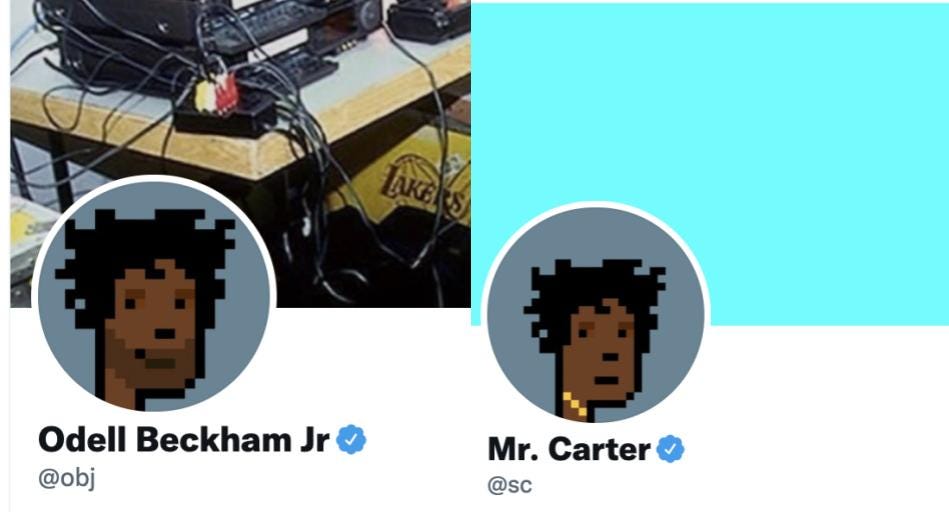
To recap, the rise of NFT art has been made possible by provable ownership recorded via tokens on blockchains like Ethereum. NFT art has attracted artists from all over the world, leading to an explosion in the variety of art work available. Pieces with cultural significance within the crypto community tend to fetch higher price tags, but we’re already seeing crypto and mainstream culture merge, led by various influencers.
NFT gaming
Despite the growth of NFT art markets however, the highest grossing collection of NFTs comes from a different category altogether: gaming. Just as NFTs let people own unique works of digital art, they allow gamers to truly own in-game items. This gives players a real economic stake in the games they play.
When you buy a typical game item, all you’re really getting is the experience of using it. When you buy an in-game item that’s also an NFT, you get an asset with resale value that can be taken with you to other games and experiences. Add in the ability to receive crypto for winning, and you get an entirely new model for gaming called “play-to-earn.”
Axie Infinity and its 1.8 million users are currently the NFT gaming world’s crown jewel. In Axie Infinity, the Pokemon-like characters needed to play the game are themselves NFTs. Players receive crypto when they win battles, leading many in emerging markets to turn playing the game into a full-time job. Early collectors of Axie NFTshave seen their characters go from originally selling for $5 to nearly $500 in August. Total sales for these in-game NFTs recently crossed $2B, making it the highest selling NFT collection of all time.
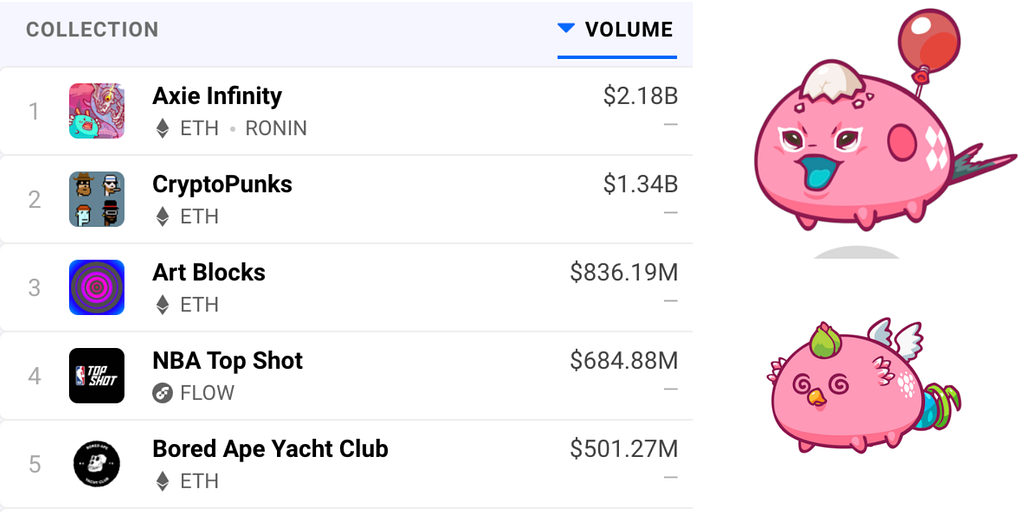
The real promise of NFT based games, however, comes from the combination of ownership and composability. Composability is an important crypto concept referring to how one protocol is natively interoperable with another — i.e. a token generated from MakerDAO can be traded on a decentralized exchange like Uniswap. Applied to gaming, this concept means that an in-game item created in one game can be used in a game created by a different developer — e.g. you can take your Axie character with you to a different game altogether.
Projects like Decentraland, Sandbox, Somnium Space, CryptoVoxels, and TCG World are all creating virtual worlds where different gaming experiences can collide. These virtual worlds feature NFT “plots” that anyone can purchase and develop a game on top of. Thanks to composability, we may for example see someone build an arena in Decentraland where you can battle your Axie NFT against a Loot-equipped character.
The intersection of DeFi & NFTs
Thanks to composability, NFTs are also already interoperable with certain existing crypto infrastructure. This sets the stage for a collision between NFTs and existing DeFi primitives, which can bring greater utility and liquidity to the space.
Just as it’s commonplace for wealthy collectors to post their works of art as collateral in return for a loan, the same is becoming possible with NFT art and gaming assets. NFTfi is one example of a project that lets users post their NFTs as collateral for a loan, or offer loans to others to gain use of their NFTs. This means an NFT collector can pay a small fee to temporarily turn an NFT into liquid capital that can be put to use yield farming. On the other side, someone can post some capital to borrow an Axie NFT that can in turn be put to use earning yield in the game.
NFT collateralized loans are just one example of what’s possible when you combine NFTs and DeFi. Look for this space to grow rapidly as NFTs mature.
Crypto’s social layer
Beyond art and gaming, NFTs are enabling the formation of new kinds of online communities and crypto powered consumer applications. For example, with Bored Ape Yacht Club, owning 1 of 10,000 disinterested looking Ape characters grants access to an exclusive community that includes admittance to a discord channel plus rights to new NFT airdrops and merchandise. This means that buying a Bored Ape unlocks access to a special club — one that’s even attracted NBA all-star Stephen Curry. Bored Apes helped pioneer this model but there are many NFT projects now employing it.
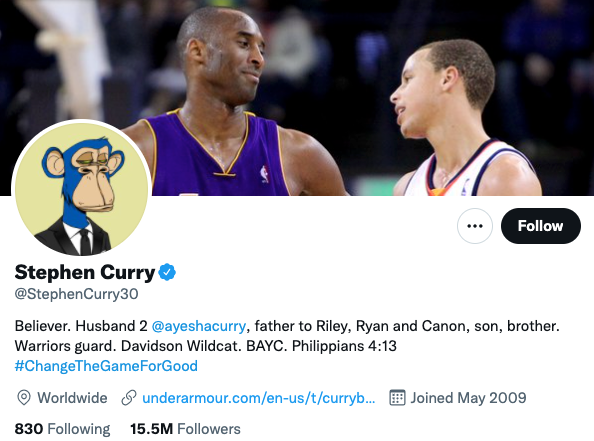
There is also promise for NFTs to create new kinds of relationships between entertainers and fans, particularly in the world of music. Catalog, for example, lets artists sell unique tracks directly to fans in the form of Wav NFTs. This lets fans directly support their favorite artists by purchasing their music directly from the source. Imagine purchasing a limited edition Taylor Swift song before she got famous.
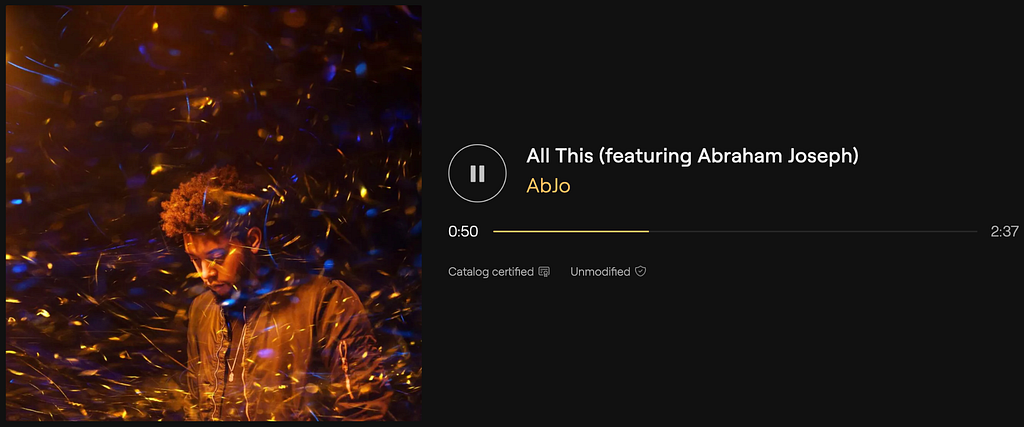
NFTs can also create deeper relationships between fans and creators by conveying rights to exclusive experiences. For example, fans who purchased The Disclosure Face automatically received 4 tickets to any Disclosure show worldwide. On top of that, the purchasers became friends with the artist and Disclosure now regularly performs at their events.
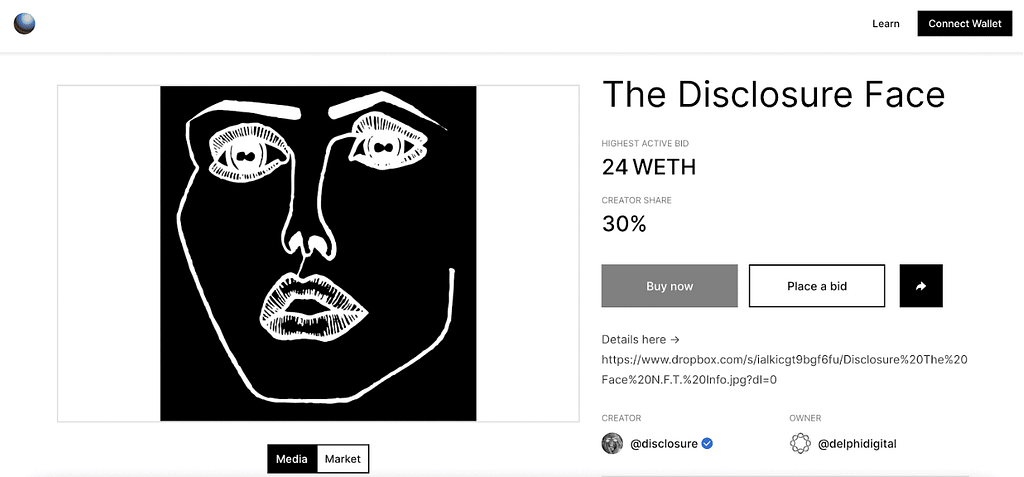
Just as with music, the world of sports and NFTs are also colliding. NBA TopShots, which turns NBA moments (i.e. a Lebron James dunk) into digital trading cards, is already among the top grossing NFT collections. The company behind TopShots also just announced plans to expand into the NFL. Sorare, which just raised a mammoth $680m Series B, has similarly partnered with international soccer clubs to generate NFTs that represent players. These NFTs form the basis of a fantasy sports competition in which users are rewarded when their players perform well.
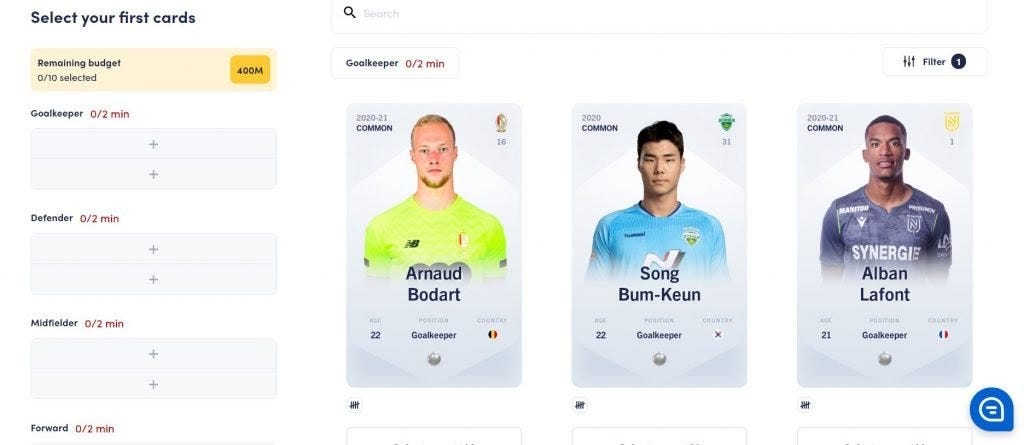
Social Tokens
Social tokens can be viewed as the fungible cousins of NFTs. Similar to how Bored Apes or NFTs minted by certain musicians convey access to certain communities or experiences, social tokens do the same.
Social tokens are catching on with creators and influencers who seek to create social communities around their individual brands. One interesting recent example is UCLA basketball player Jaylen Clark using the Rally platform to issue the $JROCK token. Holders of these tokens will get tickets to basketball games as well as unique content from Jaylen.
Social tokens are even earlier in their adoption curve, but alongside NFTs, are helping form the backbone of crypto’s social layer.
All roads lead to Web3
Crypto has now introduced several novel innovations to the world: first, Bitcoin and digital cash; then, Ethereum, smart contracts, and a revolution in capital formation; recently, DeFi and a reimagining of the financial system. Now, NFTs and what some believe will be a revolution in digital ownership and social coordination. Put all of these technologies together and you have the foundation for Web3 — an internet owned by its users.
Given the recent rapid rise in NFT values, it is likely that this market will experience boom and bust cycles, similar to previous crypto innovations. Regardless, we’re likely to see a continued cambrian explosion of new experiments that range from brilliant to absurd, as the lines between the digital and physical world continue to blur.
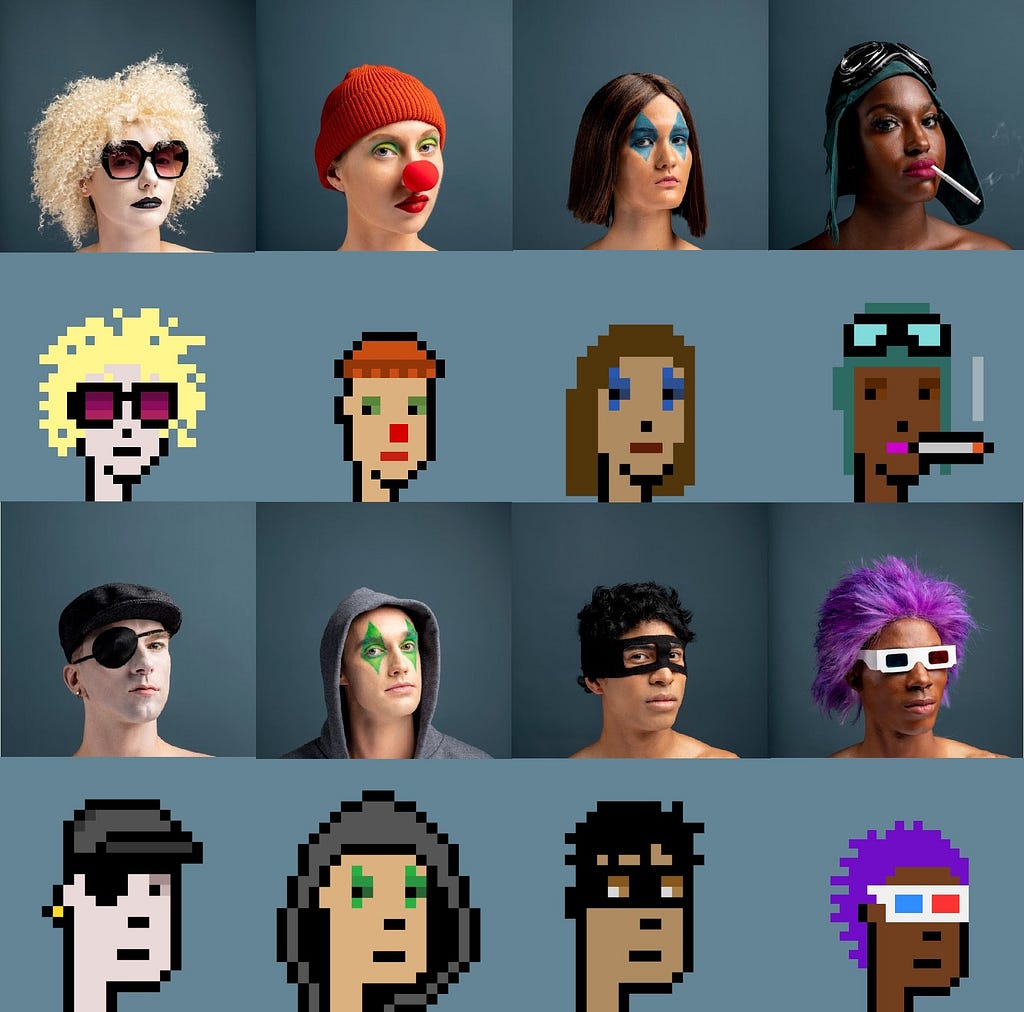
Previous editions of Around the Block
- Loot Project: the first community owned NFT gaming platform
- Axie Infinity, Yield Guild Games & the play-to-earn economy
Retail news
- CoinGecko, CMC, TradingView blocked in China, as crypto clampdown continues
- Robinhood is rolling out crypto wallet and transfer features + hints at DeFi
- Gemini & Binance US poised for multibillion dollar valuations
- Twitter rolling out BTC tipping via Lightning + NFT profile authentication
- Bitfinex pays $24M for a $100K ETH transaction in error
- Huobi to cease service to all users in mainland China
- FTX Moves Headquarters From Hong Kong to Bahamas
- Kraken to pay $1.25M Settlement with CFTC
Institutional news
- Visa unveils “Layer 2” network for stablecoins, CBDCs
- Mass Mutual-owned fintech (Flourish) launches BTC service for RIAs
- Fed chairman Powell says it would be ‘ideal’ to work with Congress on digital dollar
- Bank of England announces members of CBDC working groups including PayPal
- Latin America’s biggest investment bank (BTG Pactual) launching crypto platform
- Cambrian Asset Management is launching BTC/ETH trusts
- Crypto custodian Cobo raises $40M to expand DeFi services
- Invesco & Galaxy team up to develop crypto ETF suite
- Bitcoin fund launched by NYDIG has raised nearly $17 million to date
Ecosystem news
- Fantasy soccer NFT platform Sorare scores $680 million raise led by SoftBank
- Multi-chain wallet XDEFI raises $6 million in round led by Mechanism Capital
- Dapper Labs partners with NFL on digital collectibles marketplace
- Ripple Announces $250M Fund to support NFT projects on XRP Ledger
- Revolut to Launch Crypto Token
- Bitcoin’s Lightning Network capacity reaches an all-time high
- Social token platform Roll raises $10 million in Series A funding
- Permissioned DeFi platform Aave Arc gears up for launch
Tweets
- Chris Dixon on why Web 3 matters
- A sneak peak at Twitters NFT profile verification (using CB wallet)
- Compound Bug allows users to claim up to $80M in COMP tokens
- Axie Infinity is on pace to generate ~$1.4B in revenue in 2021
- Jeremy Allaire: Crypto is in line with US values of openness, transparency, privacy, and free market competition
- Lyn Alden: bitcoin adoption tends to be higher in places that have more restrictions on economic freedom
This website does not disclose material nonpublic information pertaining to Coinbase or Coinbase Venture’s portfolio companies.
Disclaimer: This material is the property of Coinbase, Inc., its parent and affiliates (“Coinbase”). The views and opinions expressed herein are those of the author and do not necessarily reflect the views of Coinbase or its employees and summarizes information and articles with respect to cryptocurrencies or related topics that the author believes may be of interest. This material is for informational purposes only, and is not (i) an offer, or solicitation of an offer, to invest in, or to buy or sell, any interests or shares, or to participate in any investment or trading strategy, (ii) intended to provide accounting, legal, or tax advice, or investment recommendations or (iii) an official statement of Coinbase. No representation or warranty is made, expressed or implied, with respect to the accuracy or completeness of the information or to the future performance of any digital asset, financial instrument or other market or economic measure. The information is believed to be current as of the date indicated on the materials. Recipients should consult their advisors before making any investment decision. Coinbase may have financial interests in, or relationships with, some of the entities and/or publications discussed or otherwise referenced in the materials. Certain links that may be provided in the materials are provided for convenience and do not imply Coinbase’s endorsement, or approval of any third-party websites or their content. Coinbase, Inc. is not registered or licensed in any capacity with the U.S. Securities and Exchange Commission or the U.S. Commodity Futures Trading Commission.
The Coinbase Ventures Guide to NFTs was originally published in The Coinbase Blog on Medium, where people are continuing the conversation by highlighting and responding to this story.

You can get bonuses upto $100 FREE BONUS when you:
💰 Install these recommended apps:
💲 SocialGood - 100% Crypto Back on Everyday Shopping
💲 xPortal - The DeFi For The Next Billion
💲 CryptoTab Browser - Lightweight, fast, and ready to mine!
💰 Register on these recommended exchanges:
🟡 Binance🟡 Bitfinex🟡 Bitmart🟡 Bittrex🟡 Bitget
🟡 CoinEx🟡 Crypto.com🟡 Gate.io🟡 Huobi🟡 Kucoin.




















Comments